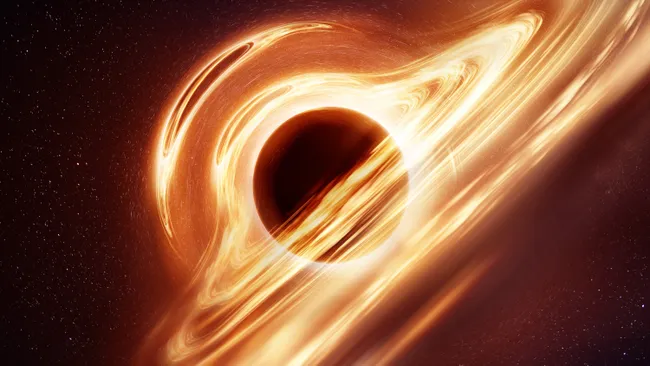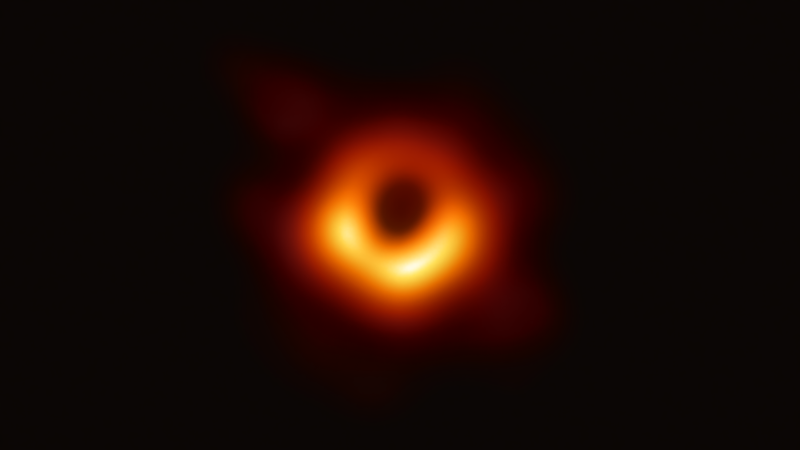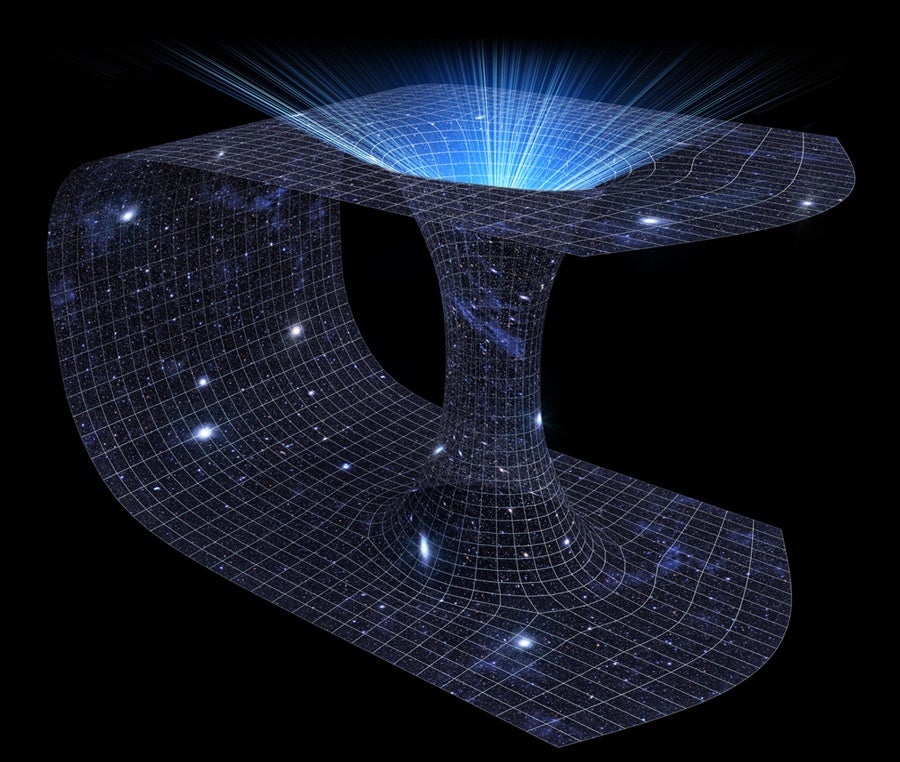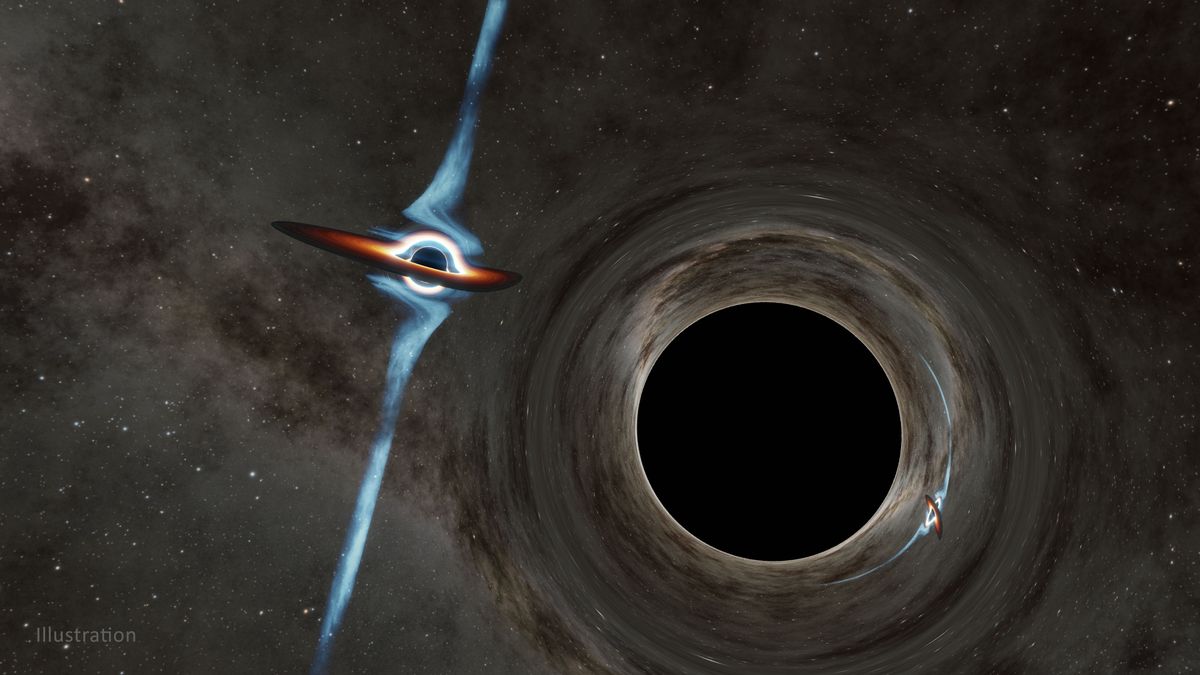Among the most bizarre and intriguing things in space are black holes. Not even light can elude them due to their incredibly intense gravitational attraction and density.
There may be more than 100 million black holes in the Milky Way, but finding these ravenous monsters is quite challenging. Sagittarius A*, a supermassive black hole, is located at the center of the Milky Way. According to a NASA statement, the massive structure is roughly 26,000 light-years away from Earth and has a mass of about 4 million times that of the sun.
The Event Horizon Telescope (EHT) team took the first picture of a black hole in 2019. Global scientists were enthralled by the remarkable image of the black hole located 55 million light-years away from Earth at the center of the M87 galaxy.
How do Black Holes Form?

It is anticipated that black holes develop through two different pathways. Since they are stellar corpses, they originate from the death of big stars, according to the first pathway. When stars with birth masses greater than eight to ten times that of the sun run out of hydrogen fuel, they burst and die, leaving behind a dense, very compact entity known as a black hole. The black hole that remains after this process is known as a stellar-mass black hole, and it has a mass that is roughly several times that of the sun.
Not all stars explode into black holes; some stars leave behind white dwarfs or neutron stars instead of these massive objects. Direct gas collapse is another way that black holes emerge, and this process is predicted to produce more enormous black holes with masses that range from 1000 to 100,000 times that of the sun. It is thought that this pathway, which avoids the standard star’s development, produced more enormous black hole seeds in the early universe.
Who Discovered Black Holes?

Einstein’s equations were supposed to have a perfect mathematical answer in the form of black holes. Space’s configuration surrounding matter is described by Einstein’s equations. The precise distribution of matter is linked to shape and geometry through the lens of general relativity theory.
Karl Schwarzschild discovered the black hole solution in 1915. It was discovered that these regions, or black holes, cause extreme spatial distortion and create a hole in spacetime. Whether these corresponded to actual objects in the universe was not known at the time. As further stellar death byproducts, such as neutron stars observed as pulsars, were discovered over time, it became evident that black holes were genuine and should exist. Cygnus-X1 was the first black hole ever discovered.
Do Black Holes Die?

Though they do not actually die, black holes are thought to gradually dissipate over incredibly long times.
Because of their strong gravitational pull, surrounding stuff accumulates around black holes, causing them to develop. Black holes, according to Hawking, have the ability to emit energy and contract extremely slowly. According to quantum theory, there are virtual particles that constantly appear and disappear. A particle and its companion anti-particle materialize as a result. They have the ability to recombine and vanish, nevertheless. Odd things can happen when this process happens close to a black hole’s event horizon.
One of the particles can escape gravity and fall into the black hole, while the other particle can shoot into space, rather than the particle-antiparticle pair existing for a split second before annihilating each other. The theory says that this trickle of escaping particles will cause the black hole to slowly dissipate over very long periods—we’re talking about timescales that are much longer than the age of our universe.
Are Black Holes Wormholes?

Wormholes are not black holes. Wormholes can be compared to tunnels that join two distinct locations in time and space. Black holes are thought to have wormholes inside of them; these holes are thought to be punctures in spacetime that could provide a passage to another location in spacetime, possibly even another universe.
First Black Hole Discovered

In 1916, Albert Einstein’s general theory of relativity made the first prediction regarding the existence of black holes. American astronomer John Wheeler first used the term “black hole” in 1967, several years after it was first used, following decades of solely understanding black holes as hypothetical entities.
Cygnus X-1, a black hole in the Milky Way constellation Cygnus, the Swan, was the first black hole ever found. NASA claims that in 1964 when a sounding rocket discovered astronomical sources of X-rays, astronomers noticed the first indication of a black hole. Astronomers discovered in 1971 that the source of the X-rays was a bright blue star circling an odd dark object. The observed X-rays were hypothesized to be the consequence of stellar material being “gobbled” up by the dark object, a black hole that consumes everything after being pulled away from the blazing star.
Final Words
In conclusion, black holes stand as enigmatic cosmic phenomena that continue to captivate the imagination of scientists and the public alike. Despite their mysterious nature, research and advancements in astrophysics have allowed us to glean invaluable insights into these celestial entities. We now understand that black holes are not mere vacuums in space but rather dynamic structures with profound gravitational effects that influence their surrounding environments.
From their formation through the collapse of massive stars to their potential role in the evolution of galaxies, black holes play a significant role in shaping the cosmos. They serve as cosmic laboratories where the laws of physics are pushed to their limits, providing invaluable opportunities to test and refine our understanding of fundamental concepts such as gravity, spacetime, and quantum mechanics.
Also Read: The Big Bang Theory: Where it All Started








